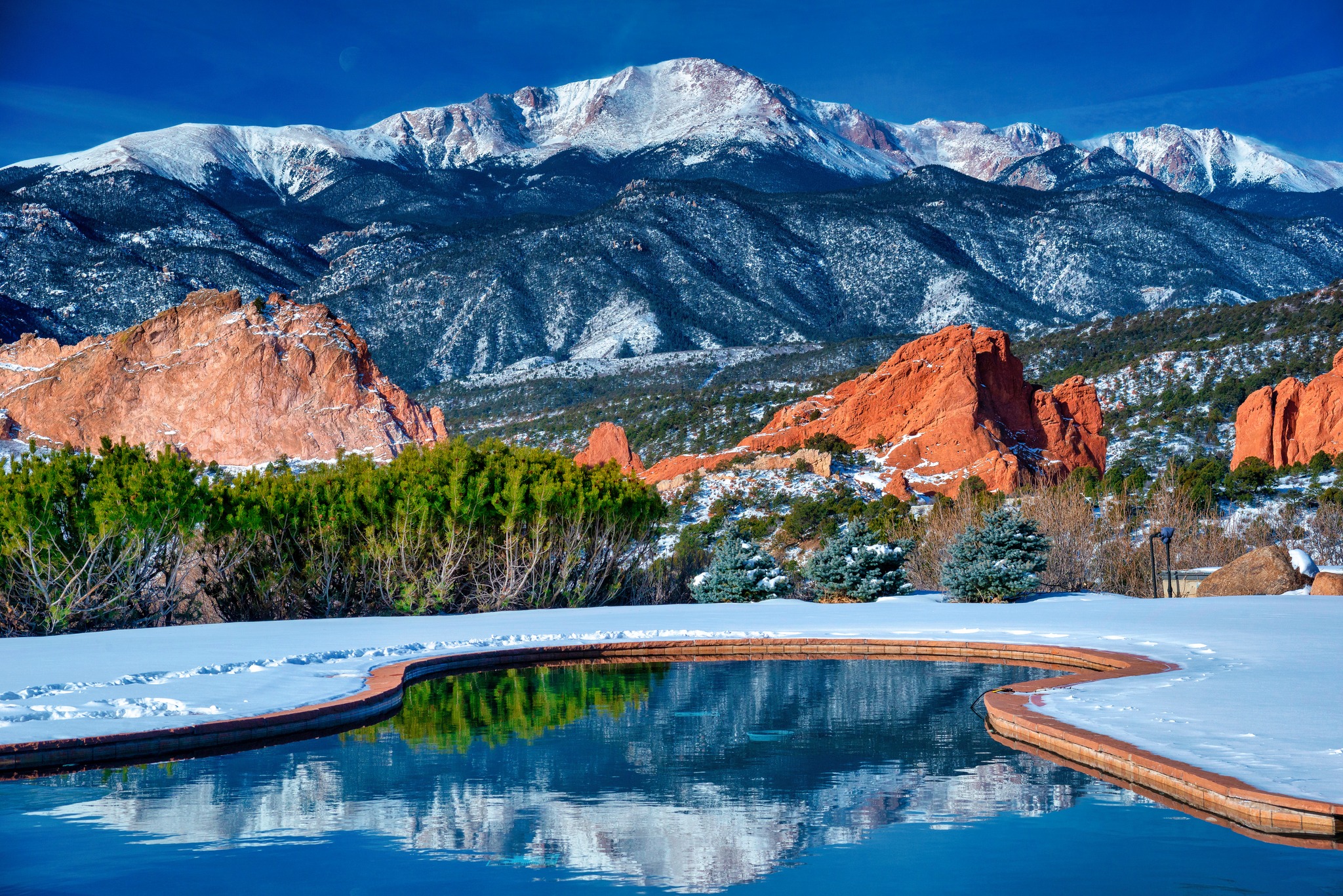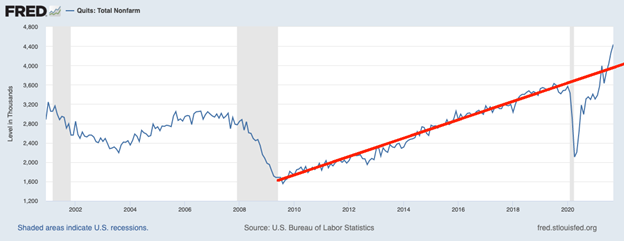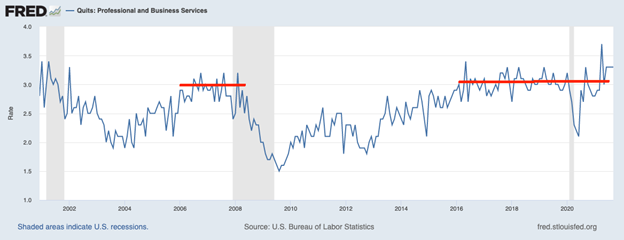The Daily Escape:

Walker River, NV – February 2023 photo by TheOsideBish
According to the GOP, your organization has to toe the line or else you could be banished or investigated. CNBC is reporting that House Speaker Kevin McCarthy (R-CA) and House Majority Leader Steve Scalise (R-LA) are set to banish the US Chamber of Commerce from Capitol Hill for endorsing Democrats in some 2020 and 2022 House races.
CNBC quotes Mark Bednar, a spokesman for McCarthy:
“The priorities of the US Chamber of Commerce have not aligned with the priorities of House Republicans or the interests of their own members, and they should not expect a meeting with Speaker McCarthy as long as that’s the case…”
CNBC says Scalise also won’t meet with them either, quoting his spokeswoman Lauren Fine: (brackets by Wrongo)
“[the Chamber headquarters in] Washington has radically shifted away from the pro-business philosophy of most local Chambers across America….unless the Chamber gets back to their traditional pro-business roots, they should not expect to have any engagement with Majority Leader Scalise’s office.”
This all started in 2020, when the Chamber endorsed 23 House Democrats in swing districts, a sharp break from the past practice of endorsing a nearly exclusive slate of Republicans, with one or two Democrats thrown on the list for a patina of bipartisan perception. And Republicans failed to regain the majority. The Chamber then reportedly endorsed 23 House Republican candidates and just four Democrats during the 2022 election. But that hasn’t made them “pure” enough for Kevin McCarthy, despite the Chamber providing $3 million to Mehmet Oz in his losing effort for a Senate seat in Pennsylvania.
Wrongo met often with the US Chamber of Commerce during his days at the big bank. They are far from being anti-GOP. On Monday, Tim Doyle, a spokesman for the Chamber, told CNBC:
“The Chamber’s priorities include lower taxes, reduced spending, fighting over regulation and numerous other issues, and we are aligned with House Republicans on many of the issues that are important to American businesses of all sizes,”
That sounds to Wrongo like it’s aligned with the Republicans. Doyle did go on to say:
“We do disagree with those who believe the Chamber should become a single-party partisan organization….”
The Intercept is reporting that the new House Republican majority wants to investigate the Chamber over its commitment to ESG regulations. ESG stands for environmental, social, and governance, key criteria that can impact company market valuations and its behavior. But ESG has become a red line for Conservatives, who argue that companies that follow it are failing to live up to their fiduciary duty to maximize profits for investors.
Apparently, Republicans in the House are also questioning the Chamber’s own conduct, including reportedly allowing former Chamber CEO Thomas Donohue to use the organization’s corporate jet for personal trips.
Look, the Chamber can be pretty terrible. They’re planning to sue the Securities and Exchange Commission if it goes forward with a climate change-related disclosure rule. But forcing them to only give money to Republicans is a new low, even for these nihilists.
Separately, Florida’s Governor DeSantis is set to take over Disney’s special Reedy Creek tax district in order to force the company to cough up $1 billion. Wrongo reported on DeSantis’ fight with Disney in April 2022 here and here. Targeting Disney became a thing after the company spoke out about Florida’s “don’t say gay” law.
Back in April, DeSantis pushed lawmakers to dissolve the Reedy Creek Improvement District, which for 55 years effectively gave Disney control of the land around its Florida properties. Republicans complied, and the district was scheduled to sunset on June 1, 2023.
But on Monday, Republican lawmakers unveiled a bill to turn over control of Disney’s special taxing district to a five-member board to be chosen by DeSantis. The proposal also comes with a rebrand; Reedy Creek would become the “Central Florida Tourism Oversight District.”
This gives DeSantis a new form of control over Disney, the state’s largest employer. And the opportunity for extorting collecting an additional $1 billion from a company that is on the DeSantis enemies list (which will ultimately be paid by the park’s patrons) is totally on brand for DeSantis.
Anyone else getting really tired of Republicans telling us we can’t say certain words, we can’t read certain books, we can’t teach certain things, we can’t talk about certain history, or we can’t donate to a few Democrats?
What’s Conservative about any of that?











